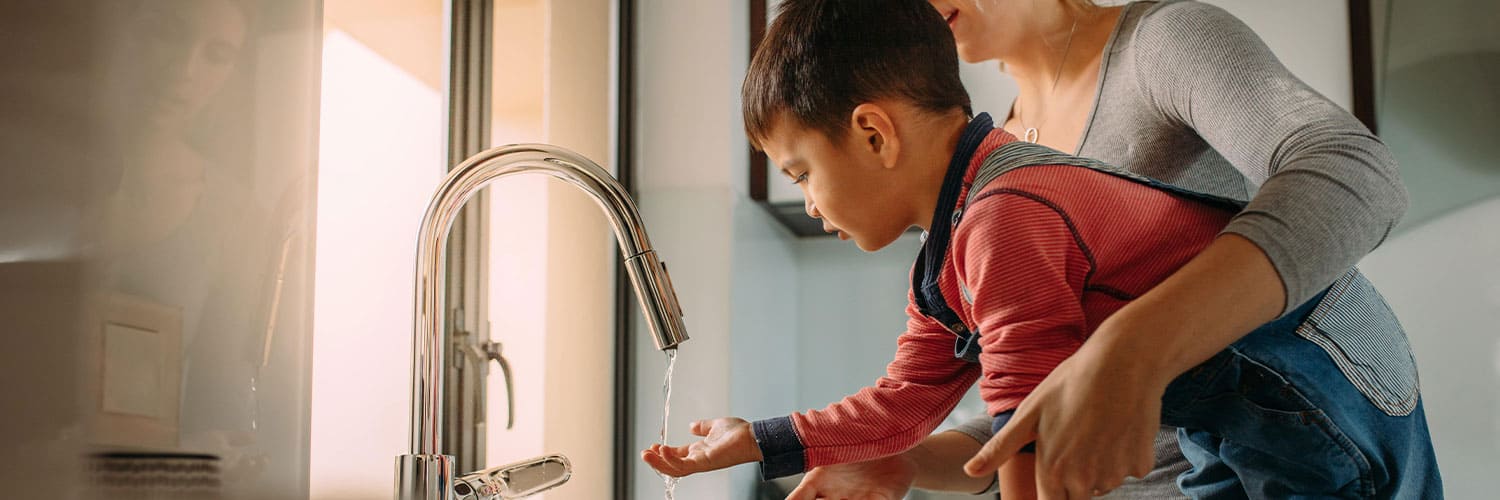Any individual may have his or her own way of thinking in relation to Tips on Maintaining a Water Heater.

Hot water is essential for daily convenience, whether it's for a refreshing shower or washing dishes. To ensure your hot water system runs effectively and lasts longer, routine upkeep is crucial. This post gives sensible pointers and understandings on exactly how to preserve your home's warm water system to stay clear of interruptions and costly repairs.
Intro
Keeping your home's hot water system might appear challenging, however with a couple of simple steps, you can guarantee it operates smoothly for several years to come. This guide covers every little thing from understanding your hot water system to DIY upkeep tips and knowing when to employ professional aid.
Significance of Keeping Your Warm Water System
Regular maintenance not just extends the life-span of your warm water system but additionally guarantees it operates efficiently. Neglecting maintenance can lead to decreased efficiency, greater energy expenses, and also premature failure of the system.
Indicators Your Hot Water System Requirements Upkeep
Knowing when your warm water system needs attention can protect against significant problems. Look out for indicators such as inconsistent water temperature level, weird sounds from the heating system, or corroded water.
Comprehending Your Hot Water System
Before diving right into upkeep tasks, it's valuable to comprehend the standard parts of your warm water system. Typically, this consists of the hot water heater itself, pipes, anode poles, and temperature level controls.
Monthly Upkeep Tasks
Normal monthly checks can help catch small problems prior to they intensify.
Purging the Water Heater
Purging your water heater eliminates sediment accumulation, boosting effectiveness and lengthening its life.
Checking and Changing Anode Rods
Anode poles avoid deterioration inside the tank. Inspecting and changing them when worn out is critical.
Checking and Readjusting Temperature Setups
Changing the temperature setups ensures ideal performance and safety and security.
Do It Yourself Tips for Maintenance
You can execute a number of upkeep tasks on your own to keep your warm water system in top problem.
Checking for Leakages
Consistently inspect pipes and links for leaks, as these can bring about water damage and greater bills.
Checking Stress Relief Valves
Checking the pressure relief valve guarantees it functions appropriately and prevents excessive stress buildup.
Shielding Pipes
Protecting warm water pipes minimizes heat loss and can save energy.
When to Call a Specialist
While DIY maintenance is helpful, some concerns need specialist knowledge.
Facility Issues Needing Expert Aid
Examples include major leakages, electric troubles, or if your water heater is regularly underperforming.
Routine Professional Upkeep Conveniences
Expert upkeep can consist of complete examinations, tune-ups, and making certain conformity with security requirements.
Final thought
Routine maintenance of your home's warm water system is necessary for effectiveness, longevity, and price financial savings. By complying with these tips and recognizing when to seek professional aid, you can make sure a reliable supply of warm water without unforeseen disruptions.
How to Maintain an Instant Hot Water Heater
Before tinkering with your hot water heater, make sure that it’s not powered on. You also have to turn off the main circuit breaker and shut off the main gas line to prevent accidents. Also turn off the water valves connected to your unit to prevent water from flowing into and out of the appliance. 2. When you’re done, you have to detach the purge valves’ caps. These look like the letter “T†and are situated on either side of the water valves. Doing so will release any pressure that has accumulated inside the valves while at the same time avoid hot water from shooting out and burning your skin. 3. When the purge valves’ caps are removed, you have to connect your hosing lines to the valves. Your unit should have come with three hoses but if it didn’t, you can purchase these things from any hardware or home repair shops. You can also get them from retail stores that sell water heating systems. Read the user’s manual and follow it to complete this task properly. When the hosing lines are connected, open the purge port’s valves. 4. You should never use harsh chemical cleaners or solutions when cleaning your unit. Make use of white vinegar instead. It should be undiluted and you’ll probably use about 2 gallons. 5. Now flush your water heater. This task should probably take about 40 minutes. We can’t give you specific directions for this because the procedure is carried out depending on the type, model and brand of your heater. With that being said, refer to the user’s manual. 6. When you’re done draining the unit, you have to turn off the purge port valves again. Remove the hosing lines that you earlier installed on each of the water valves. Put the valve caps (purge port) back in their respective places and be very careful so as not to damage the rubber discs that are found inside these caps. 7. Now that everything’s back in place, check your user’s manual again to find out how to reactivate your water heating system. 8. Once it is working, turn one of your hot water faucets on just to let air pass through the heater’s water supply pipes. Leave the tap on until water flows smoothly out of it. https://www.orrplumbing.com/blog/2014/september/how-to-maintain-an-instant-hot-water-heater/

I discovered that entry on Tips For Maintaining Your Hot Water Heater when doing a search on the search engines. If you liked our article plz remember to pass it around. Thank you for your time. Please stop by our blog back soon.
Visit Homepage